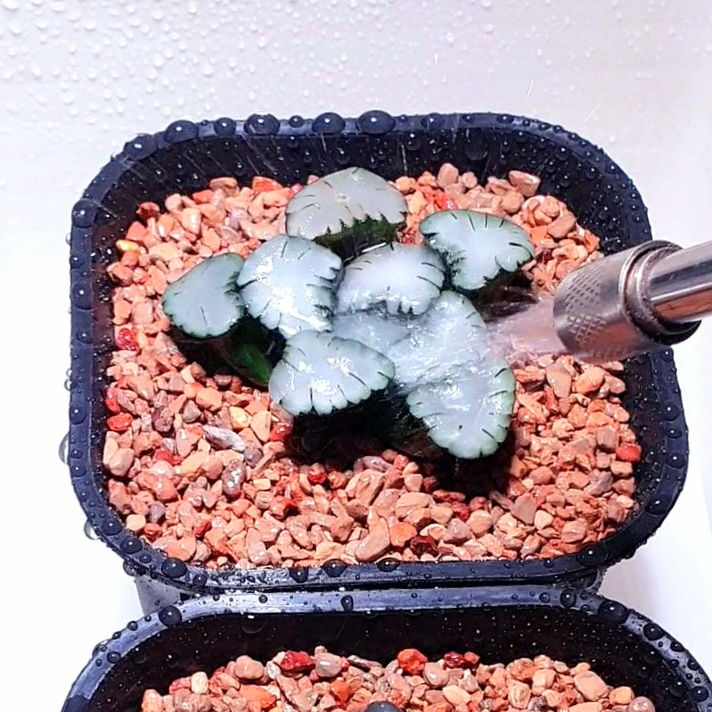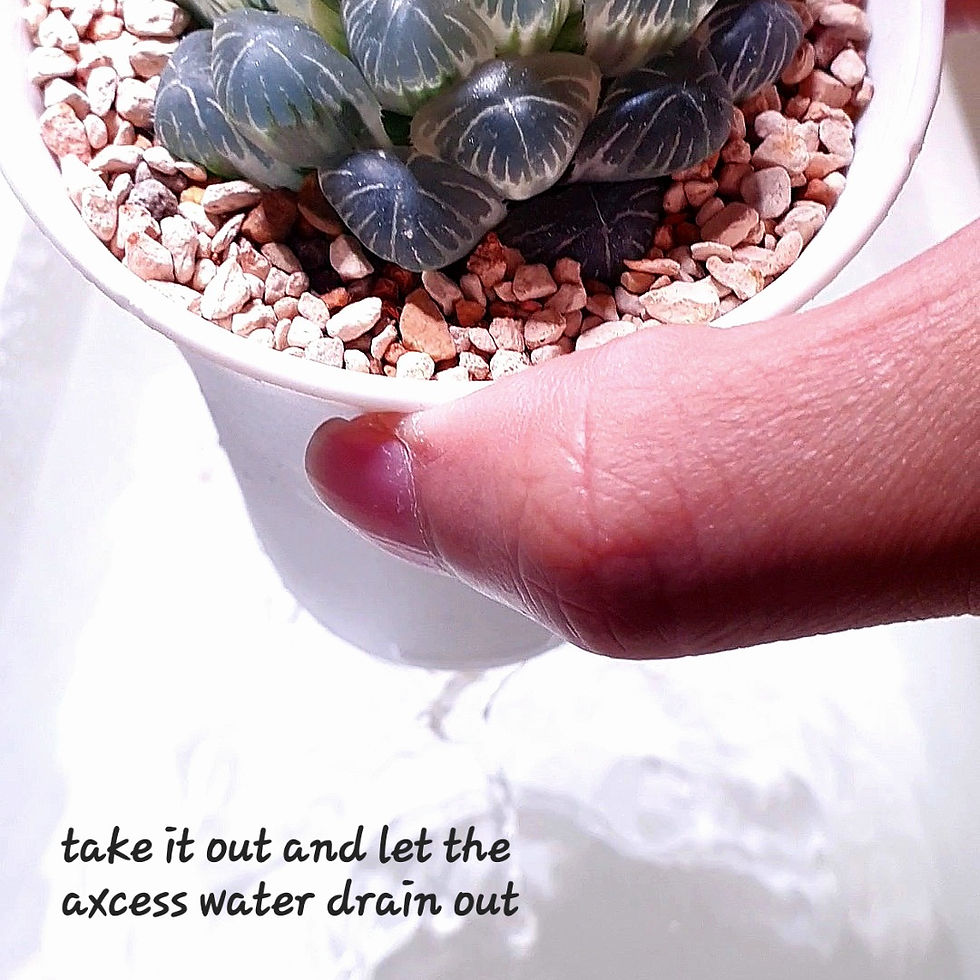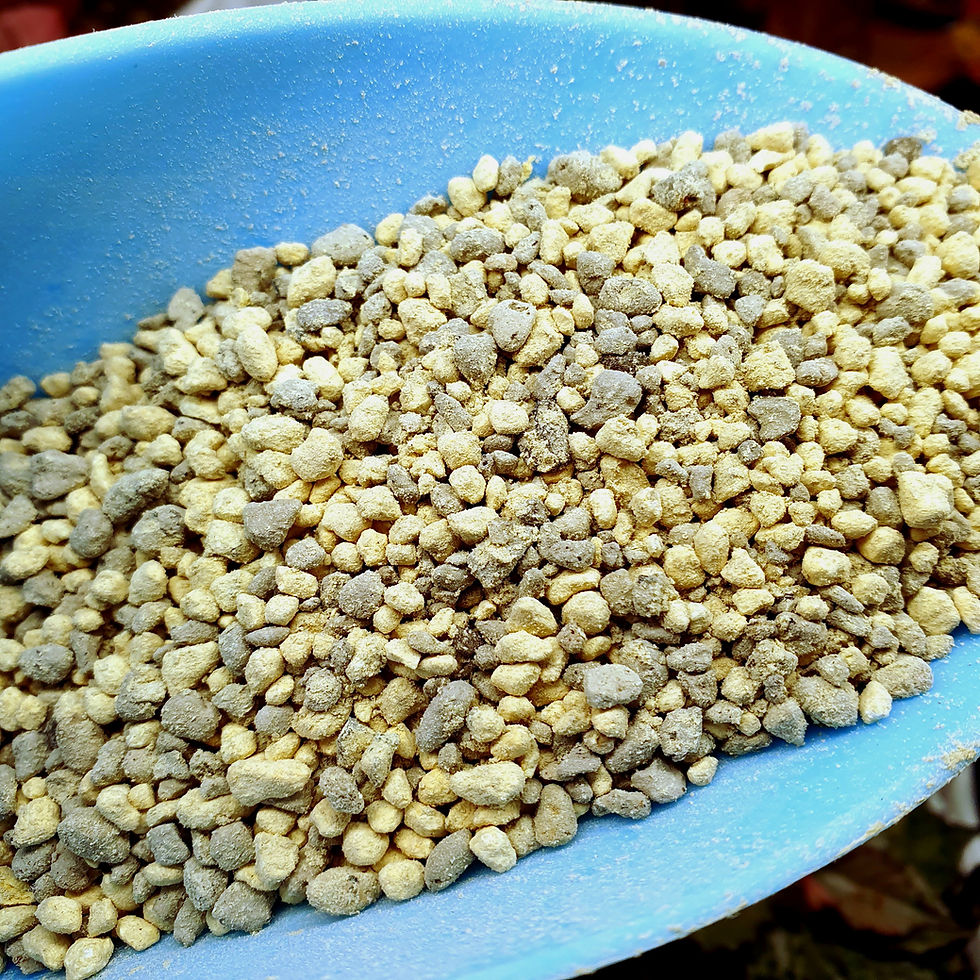Growing Haworthia: A Comprehensive Guide
- Chill Chilly
- Apr 14
- 3 min read
Updated: Apr 20
Haworthia plants are cherished succulents that are not only admired for their stunning and unique appearance but also appreciated for their low-maintenance requirements, making them ideal for both novice and experienced plant enthusiasts alike. These fascinating plants, native to southern Africa, exhibit a variety of forms and colors, with intricate patterns and textures that can captivate any observer.
1. Light Requirements
Haworthia plants thrive in bright, indirect light. Direct sunlight can damage their leaves, so it's best to position them near a window with filtered direct light.
If the light remains too strong, think about using a shade net, which can be easily found online.
If there's not enough natural light, a suitable grow light can provide the needed illumination. For more details about grow lights, I will cover it in another article.
2. Watering Guidelines
Top Watering: Utilize a squeeze bottle or an adjustable water pressure sprayer to water from the top until it drains out from the bottom of the pot.


Soaking Method: Pour water into a tray until it reaches approximately halfway up the pot. Allow the soil to absorb the water, and you will notice the surface mix darkening as it becomes wet. Once the soil is sufficiently soaked, remove the pot and let any excess water drain away.



Watering Frequency: Due to varied setups and environments, there's often misinformation about this topic. A straightforward way to know when to water is by holding the pot and gauging its weight. Soil that is soaked with water will feel much heavier, whereas dry soil will be considerably lighter. You'll need to make this estimation yourself.
3. Soil and Potting
A straightforward simple blend of Pumice and Kanuma in a 2:1 ratio is highly effective for haworthia (Click here). The only downside is the lack of nutrients in the soil, so be sure to incorporate some slow-release fertilizer.


Always select a tall pot with drainage holes to avoid water buildup. The tall pot is necessary because haworthias have long, thick roots that extend deep into the soil and spread their fine roots to absorb water.
4. Temperature and Humidity
Haworthia plants thrive best in temperatures ranging from (15°C - 28°C), which is ideal for countries with such climates.
In Singapore's tropical climate, they can withstand daytime temperatures as high as 35°C. It's essential to ensure good air circulation in the area, or you can use a fan to maintain airflow during heat waves. At night, Haworthia prefers cooler temperatures below 25°C.
Haworthia prefers moderate to slightly higher humidity levels, which contribute to the plants healthy and full looking appearance. We will discuss this further in a separate article.
5. Fertilization
Slow-release Fertilizer: Adding a small amount of fertilizer when potting up, mixed in, will suffice for a few months. Alternatively, a light sprinkle on top of the soil will also be effective, but this method only works with top watering.
I personally recommend Magamp K as this fertilizer has performed exceptionally well compared to others.
Liquid base fertilizer: Peters Professional was the only recommended brand I used in the past, but due to time constraints, I have switched to a slow-release type of feeding.
6. Pest and Disease Management
Monitor for Pests: Stay alert for common pests such as mealybugs and spider mites, particularly when introducing new plants to your collection.
Always purchase from a responsible seller who thoroughly inspects and takes preventive measures on your behalf.
Always remember, prevention is the most effective way to manage pests. Applying a systemic pesticide once every 3 months will protect your plants from any pests that may try to attack them.
Prevent Rot: Ensure proper watering and avoid excessively humid confined environments, as poor air circulation is often the primary cause of root rot issues.
Another common reason for root rot is using an inappropriate soil mix, as many commercial blends mainly hold water and are not advisable. If these are your only choices, think about incorporating some gritty mix like pumice.
Alternatively, you can look at the recipe mix I referenced above.


